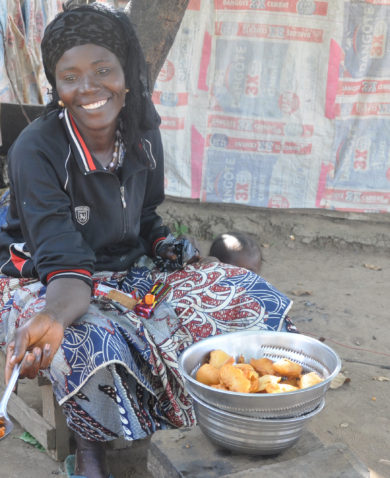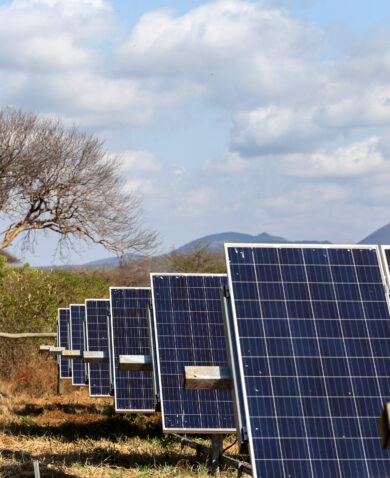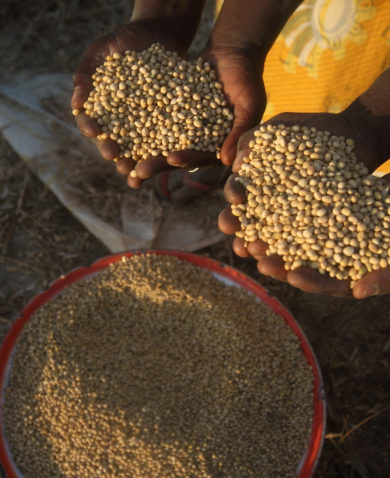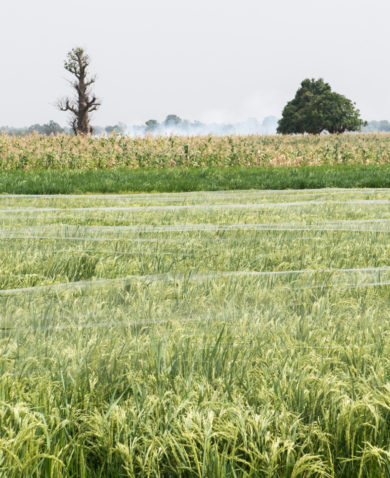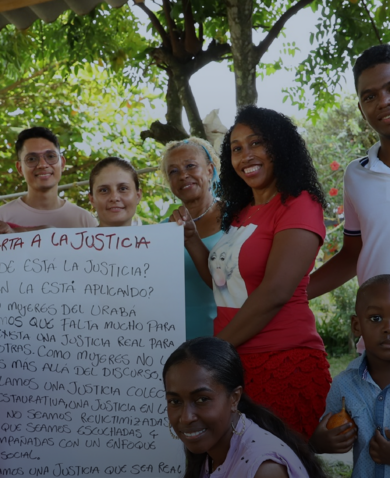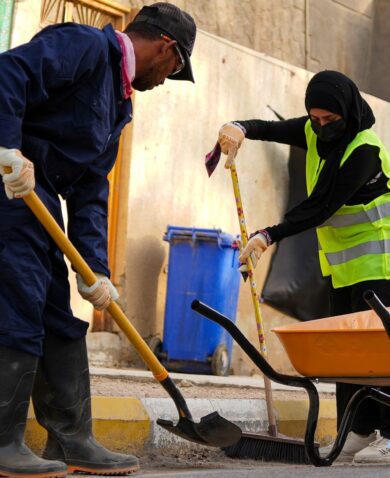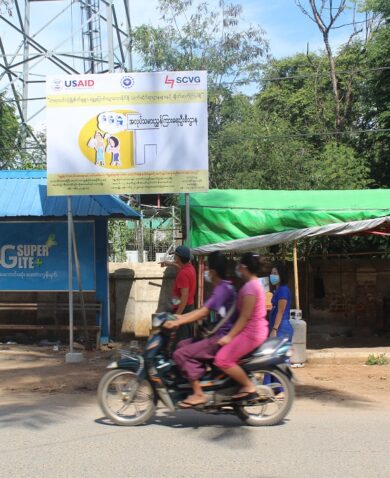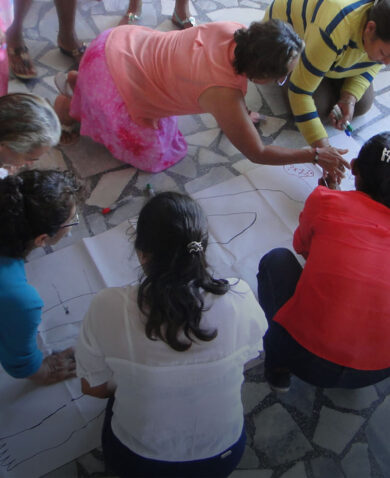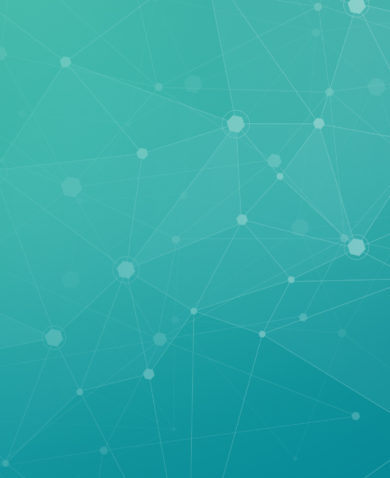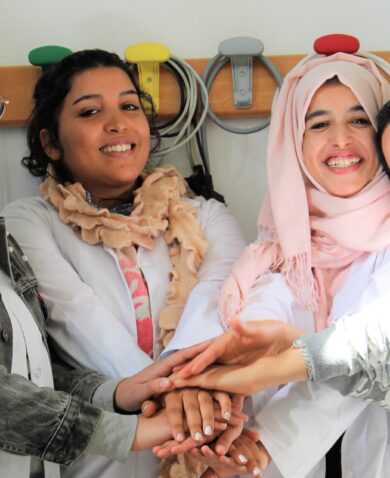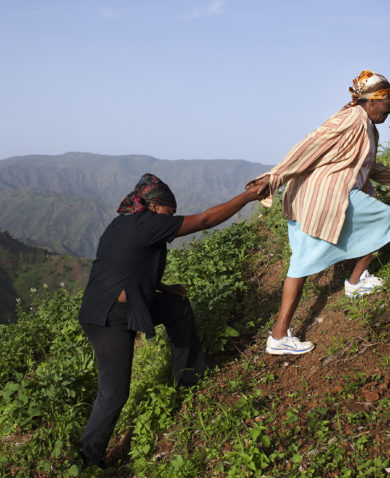
Our Shared Responsibility: Combatting Sexual Violence through Prevention and Response
December 9, 2019 | 4 Minute ReadTo combat sexual violence, the global development community must scale and promote tools, best practices, and resources. In this spirit, Shauna Caria and Ashley Snell Goldstein share lessons from a new prevention and response toolkit.
A recent study conducted in the United States found that 81 percent of women and 41 percent of men have experienced some form of sexual harassment or abuse in their lifetime. While limited data makes it difficult to quantify the global scale of sexual violence, stories of street and workplace harassment across the world are rampant. Given the magnitude of this epidemic, the international development community must support at-risk communities with the messaging, tools, and resources they need to combat sexual violence. We must be unwavering in our commitment to fight sexual violence — not only because donors such as USAID and DFID have zero tolerance for inaction on sexual violence — but more importantly because lifting people up to address issues like sexual harassment, exploitation, and abuse (SHEA) is at the core of what we do.
One way the development community can work together to fight sexual violence is by sharing best practices and resources. Generally speaking, the messaging, tools, and resources needed to combat SHEA are not broadly accessible. Where tools do exist, they have yet to be widely adopted and shared. With this in mind, Chemonics recently piloted a new SHEA prevention and response toolkit, a compilation of resources including a “how-to” guide for setting up a SHEA prevention and response program; bystander intervention training materials (a tested sexual violence prevention methodology); and a survivor-centered approach checklist to ensure that organizations’ policies and practices have the best interest of the survivor in mind. The SHEA prevention and response program (PRP) guide is designed to meet organizations where they are at — from those organizations starting from zero to others looking to strengthen the systems and practices already in place. Here are some pointers on how your organization can use, scale, and share our toolkit to prevent and respond to SHEA.
Creating Your Own Prevention and Response Program
Chemonics’ SHEA PRP framework includes three crucial inter-related components: 1) policies and procedures, 2) training and outreach, and 3) monitoring, evaluation, and learning (MEL). For organizations hoping to create their own PRP, these components are an important place to start. The policy and procedures can be viewed as “the what,” the training and outreach as “the how,” and the MEL as the “so what?” of a SHEA PRP. Policy and procedures. This component can help your organization develop key policy documents and reporting procedures so staff understand and can clearly articulate their roles, rights, and responsibilities regarding SHEA prevention and response. This may include a SHEA/safeguarding policy, code of conduct, reporting procedures, and/or a transparent process for investigations.
1. Policy and Procedures
This component can help your organization develop key policy documents and reporting procedures so staff understand and can clearly articulate their roles, rights, and responsibilities regarding SHEA prevention and response. This may include a SHEA/safeguarding policy, code of conduct, reporting procedures, and/or a transparent process for investigations.
2. Training and Outreach
A set of policies and procedures are not relevant if staff are not aware of them. Organizations should therefore prioritize communicating organizational policies and procedures to all staff in an inclusive and accessible manner. Furthermore, organizational cultures must be informed by additional staff training around SHEA intervention and response. Bystander intervention is one proven methodology that provides a framework for how to safely and appropriately interrupt a potentially harmful situation before it escalates.
3. Monitoring, Evaluation, and Learning
Finally, identifying measurable indicators will help your organization monitor the implementation of SHEA activities and evaluate progress towards meeting internal targets. This component helps organizations consider in what manner and how often data will be collected and to whom the data will be reported. This data should also help identify trends, areas for focus, and areas for learning and sharing successes.
Tapping into Existing Expertise and Resources
To drive these three components forward, we recommend establishing a group of interested stakeholders within the organization based on their current roles, interests, and expertise. At Chemonics, our SHEA Taskforce is representative of different key departments and inclusive of various skill sets. For instance, it includes representatives from our Human Resources Department, Compliance, Office of Business Conduct, Global Safety and Security, and Gender Equality and Social Inclusion teams. Your organization’s structure and existing expertise can inform which stakeholders participate in the SHEA Taskforce. For example, staff who regularly create policy should engage in crafting the organization’s code of conduct, if one doesn’t exist already. Employees who have expertise in communications or who are skilled trainers should facilitate bystander intervention training session for their peers. Training employees through a tangible prevention methodology, such as the bystander intervention, will offer staff the soft-skills necessary to complement the technical components created by the policy and outreach working group. Finally, if an organization has an existing MEL practice, those practitioners should identify indicators to measure the SHEA PRP’s success.
Learning from Our Experiences
Chemonics piloted its SHEA toolkit at a workshop in two unique contexts. We first coordinated with the USAID Colombia Human Rights Activity in support of the Ombudsman’s Office, and we also piloted the toolkit with the USAID Myanmar Promoting Rule of Law Project, along with a network of civil society organizations (CSOs) — WIN Peace, Women’s Organizations Network, and the Local Resource Centre. Both experiences confirmed that the strength of the toolkit lies in its flexibility. Participants could pick and choose which resources to adopt and apply based on their context. For example, in Colombia, the government agency already had several components of their SHEA PRP in place, such as a code of conduct and a draft “ruta,” or set of procedures for responding to reports of SHEA. Yet, they lacked a training and outreach plan to ensure the different stakeholders across their geographically dispersed workforce were aware of these resources. The toolkit provided just the right action-planning resource for to help launch the “Ruta” and a training schedule at an all-staff meeting.
In Myanmar, several CSOs had just started to create the framework for their SHEA PRP while others had already implemented an advanced SHEA policy. Again, the toolkit was successful because it met participants where they were in their SHEA PRP development. Prior to the toolkit launch in Myanmar, the CSOs expressed an interest in a bystander intervention training-of-trainers session so that they could share this prevention methodology with their partners across other regions and states. Follow-on evaluations of the training indicated that the most useful part of the workshop was the opportunity to practice and discuss the bystander intervention training, given a variety of scenarios that were adapted from the toolkit to fit the Myanmar context.
While the weight of the problem feels daunting, there are promising opportunities for combating SHEA in the workplace and elsewhere if we actively engage global partners. To support SHEA prevention and response initiatives, the international development sector must work together to share tools and lessons learned. Scaling and sharing the SHEA PRP toolkit is one example of how we hope that we, as a global community, can collaboratively reduce instances of SHEA.
Posts on the blog represent the views of the authors and do not necessarily represent the views of Chemonics.



